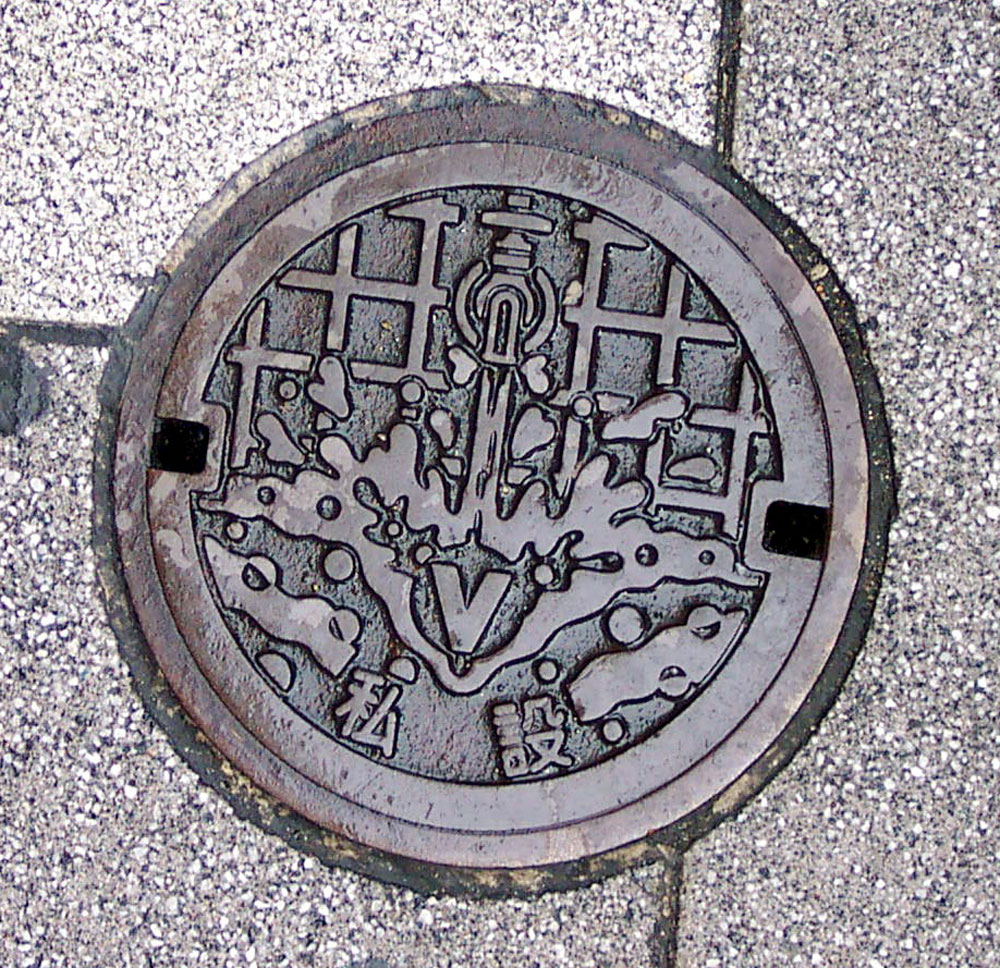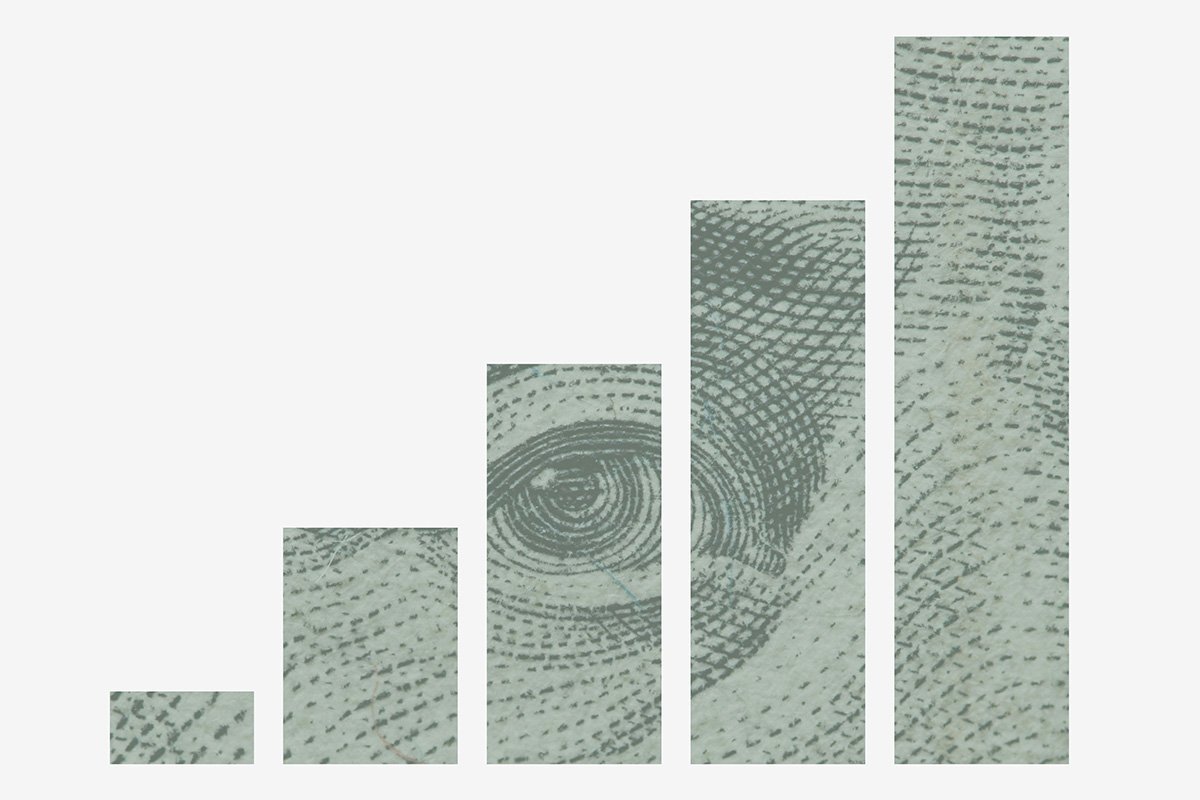
This article was originally posted on August 8, 2019.
A new survey of community foundations by Candid shows that they experienced almost no growth over 2018. At the same time, the report shows that “aggregate community foundation donor-advised fund (DAF) asset, gift, and grant totals all saw a higher rate of increase in FY18 than the field as a whole. DAF grantmaking grew at a higher rate (4 percent) than assets and gifts (2 percent each).”
This basically reinforces what we have been hearing from some of the commercial funds: that the rate of growth in donor-advised funds slowed last year even as gifts from those funds increased.
The survey, which drew from information provided by 251 respondents, found that 39 percent of community foundations last year had a “DAF flow rate” of over 100 percent—in other words, they granted out more from DAFs than they received that year.
While that statistic may seem surprising in the context of an “industry” many see as a glorified tax haven for the wealthy, if we consider that growth is down and that some donors to donor-advised funds placed more money in their funds last year as a hedge against the unknowns of the new tax overhaul law (a practice known as “bundling”) with the intention of gifting it in subsequent years, the finding does not completely strain credulity, though we are sure that there will be some skeptics.
Readers may recall that Fidelity Charitable recently reported a spike in giving from their donor-advised funds in the first half of 2019. As Alfred E. Osborne wrote, “In 2018, even as individual giving declined, Fidelity Charitable grants to charities increased by 17 percent in 2018 to $5.2 billion. This year is also on track for continued growth. Fidelity Charitable has already distributed $4.0 billion to charity this year, an incredible 48 percent increase over the same time last year.”
Sign up for our free newsletters
Subscribe to NPQ's newsletters to have our top stories delivered directly to your inbox.
By signing up, you agree to our privacy policy and terms of use, and to receive messages from NPQ and our partners.
Similarly, Schwab Charitable reports the dollar total of its donor-advised fund grants increased by 33 percent between fiscal year 2017 and 2018 (ended June 30, 2019) to $2.4 billion in grants, and the number of grants made increased by 26 percent.
Just to remind readers, the required minimum payout of foundations is five percent. The payout from donor-advised funds has hovered around 20 percent, but a trend toward an increase in the last few years has been relatively well documented:
Interestingly, though the reduction in the size of funds seems to indicate that some donors were essentially bundling money for future giving into the funds last year to take advantage of tax law, money granted to charity increased in 2017 to $19.1 billion from $15.9 billion the previous year. The grant payout rate was also increased to 22.1 percent, an increase over the previous year of 1.5 percent.
Critics worry, however, that the vehicle is interrupting the flow of individual donations to working nonprofits and that in aggregate figures, some of the hoarding and non-charitable tendencies of individual funds will be given cover.
All this comes in the context of declining numbers of households giving from lower- or middle-class incomes. In that context, one could see donor-advised funds as having increased importance in the fundraising landscape more generally. Indeed, their regulatory environment will be of ever greater importance, but for nonprofits, the shift means less. In most cases, donors to these funds are attracted and retained in the same ways as an individual donor with a simple checkbook.
A free webinar on August 21, 2019, will go deeper into the findings of the community foundation survey. You can access the registration here.










